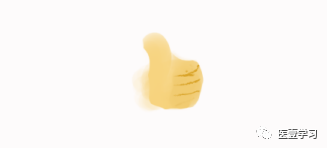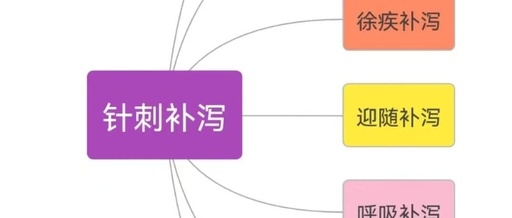Acupuncture
Body Positions:Supine, prone, lateral, sitting upright, sitting forward, lateral sitting。
Principles of Position Selection:Correctly locate acupuncture points, facilitate needle insertion, and ensure the patient maintains a comfortable, prolonged, and safe posture during needling and retention.
Before Operation:Prepare necessary items: sterile filiform needles, 75% alcohol, tweezers, sterile dry cotton balls, sharps container or tray, hand sanitizing gel。
Before Insertion:Disinfection: Routine disinfection of the skin at the acupuncture point and the practitioner’s hands。
During OperationPay attention to humanistic care, personal privacy, and warmth.
After OperationBe mindful of organizing items and disposing of medical waste.
Filiform Needle Technique
Needle Holder:The hand holding the needle is called the needle holder, whose main function is to grasp the filiform needle and apply focused force from the arm, wrist, and fingers to insert the needle quickly.
Pressing Hand:The hand that presses the local area of the acupuncture point is called the pressing hand, which stabilizes the acupuncture point and provides support for the long needle to prevent wobbling or bending.
Method:Hold the needle with the thumb and the pads of the index and middle fingers opposite each other, or grasp the needle handle with the thumb, index, and middle fingers, with the ring finger supporting the needle body during insertion. Insertion methods include single-handed and double-handed techniques.
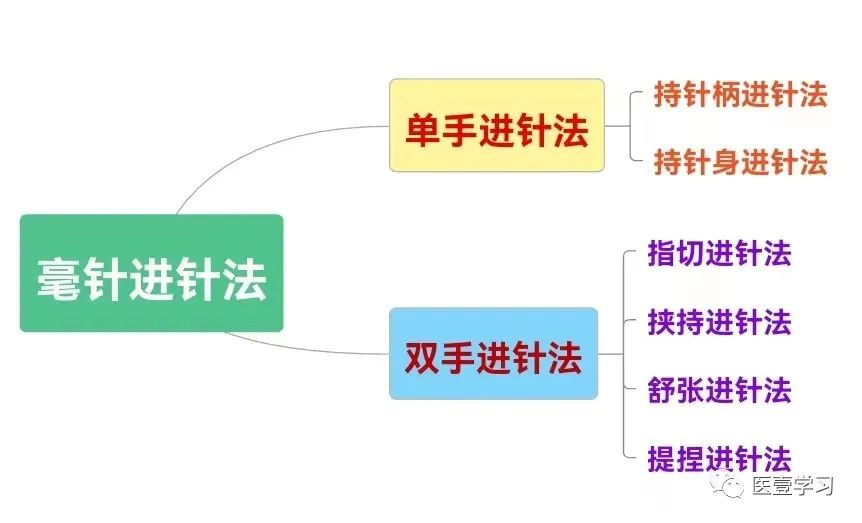
1. Insertion Techniques
1. Single-Handed Insertion Technique
Hold the lower part of the needle handle (near the root) between the pads of the thumb and index finger, with the middle finger’s pad resting against the lower part of the needle body, ensuring the tip of the middle finger is slightly longer or level with the needle tip.Align with the acupuncture point,the tip of the middle finger should press firmly against the skin at the acupuncture point. Apply downward pressure with the thumb and index finger to insert the needle,while the middle finger flexes, quickly inserting the needle. Maintain the needle body straight and not bent during insertion.
2. Double-Handed Insertion Technique
1)Finger Cutting Insertion Technique, also known as Claw Cutting Insertion Technique。
Operation:Pressing Hand stabilizes the skin at the acupuncture area: The pressing hand’s thumb or index finger nail pinches and fixes the skin at the acupuncture point.Needle Holder:The needle holder uses the pads of the thumb, index, and middle fingers to grasp the needle handle.Insertion:Place the needle body tightly against the edge of the pressing hand’s nail and quickly insert. This technique is suitable for inserting short needles.
2)Pinching Insertion Technique
Operation:Pressing Hand pinches the skin near the acupuncture point: The pressing hand’s thumb and index finger gently pinch the skin near the acupuncture point, with appropriate force. Needle Holder:The needle holder uses the pads of the thumb, index, and middle fingers to grasp the needle handle.Insertion:The needle holder quickly inserts the needle into the acupuncture point. This method often combines withflat insertion and is suitable for acupuncture points in areas with thin skin.
3)Stretching Insertion Technique
Operation:Pressing Hand stretches the skin: The pressing hand’s thumb and index finger gently stretch the skin at the acupuncture point to make it taut, with appropriate distance between the two fingers.Needle Holder:The needle holder uses the pads of the thumb, index, and middle fingers to grasp the needle handle. Insertion:The needle holder quickly inserts the needle at the acupuncture point between the two fingers of the pressing hand. This technique is suitable for acupuncture points in areas with loose skin.
4)Clamping Insertion Technique, also known as Pinched Finger Insertion Technique。
Operation:Pressing Hand’s thumb and index finger hold a sterile cotton ball wrapped around the lower part of the needle body with the needle tip exposed by 0.3 to 0.5 cm; Needle Holder: The needle holder uses the pads of the thumb, index, and middle fingers to grasp the needle handle, ensuring the needle body is vertical. Insertion:Fix the needle tip on the skin surface of the acupuncture point, twist the needle handle, press down with the pressing hand, and quickly insert the needle into the subcutaneous layer of the acupuncture point. This technique is suitable for inserting long needles.
2. Angle and Depth of Insertion
1. Angle of Insertion
The angle formed between the needle body and the skin surface during insertion. Generally, there are three types: vertical insertion, oblique insertion, and flat insertion.。
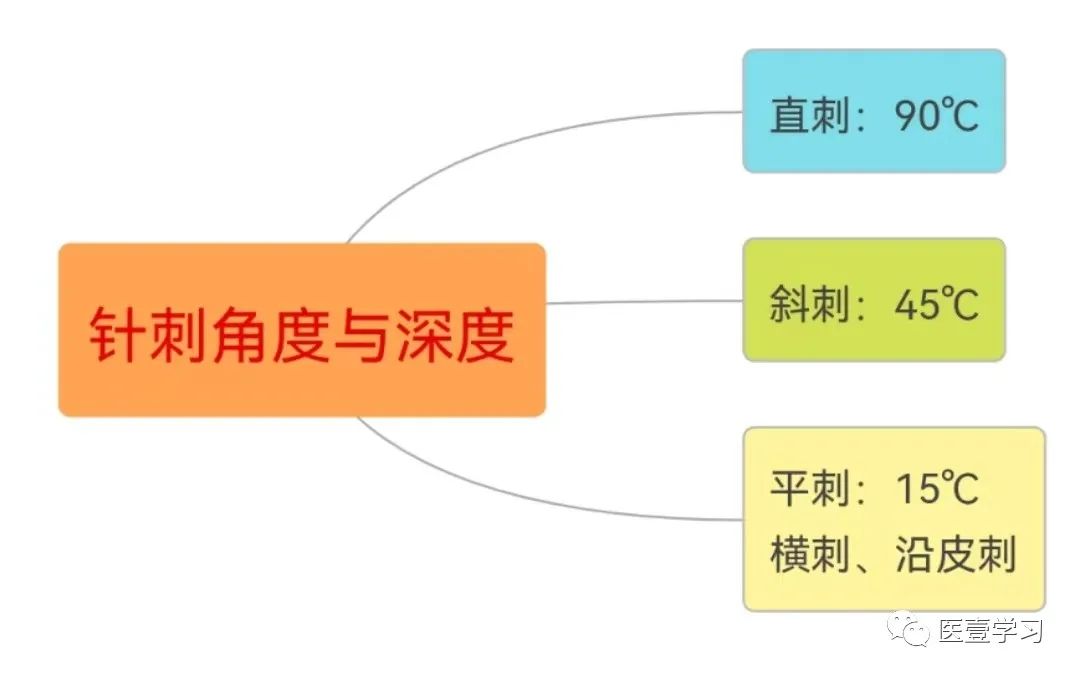
2. Depth of Insertion
Should be based on achieving a sensation of needling without injuring tissues or organs. It must be flexibly adjusted according to the patient’s condition, constitution, age, and gender.Generally, deeper insertions are often done with vertical insertion, while shallower insertions are often done with oblique or flat insertion.
3. Techniques of Needling
1. Basic techniques include: lifting and thrusting, twisting
1)Lifting and Thrusting Technique
This involves inserting the filiform needle to a certain depth at the acupuncture point and then performing a lifting and thrusting motion, which is the basic technique of needling.Operation:Insertion:Insert the filiform needle to a certain depth at the acupuncture point. Perform lifting and thrusting:Thrusting is the action of inserting the needle from the shallow layer to the deep layer, while lifting is the action of withdrawing the needle from the deep layer to the shallow layer. Repeat this lifting and thrusting motion.
2)Twisting Technique
This refers to the technique of twisting the needle back and forth after inserting it to a certain depth at the acupuncture point, causing the needle to rotate repeatedly within the acupuncture point, which is a basic technique of needling.Operation:Insertion:Insert the filiform needle to a certain depth at the acupuncture point. Perform twisting:The needle body should be twisted back and forth evenly and continuously, maintaining the needle body in a rotational motion at the acupuncture point. Repeat this twisting motion.。
2. Auxiliary Needling Techniques
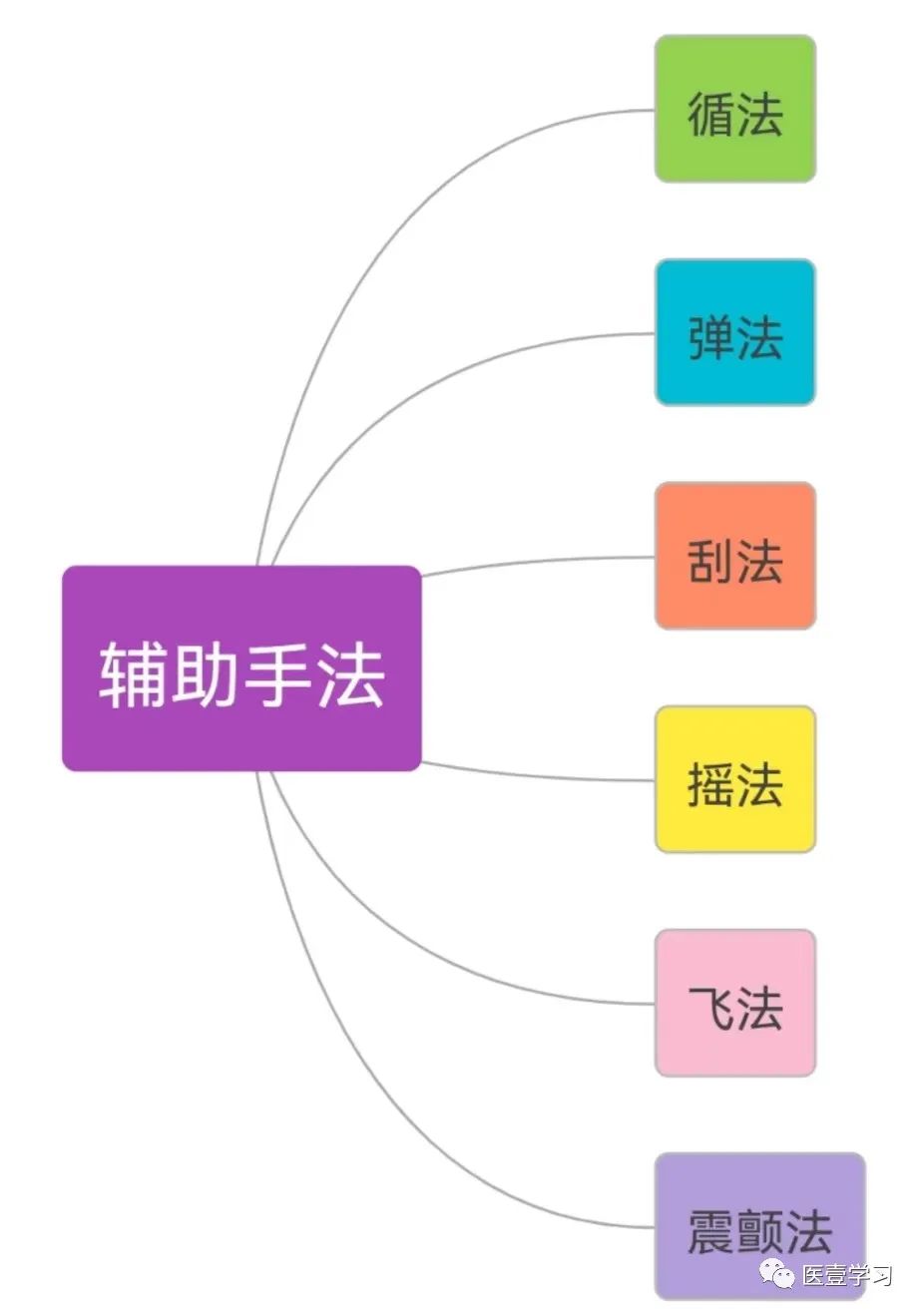
1)Circulation Technique
This refers to the method where the practitioner uses their fingers to gently press along the meridian’s pathway above and below the acupuncture point during the retention of the needle.Operation:①Identify the meridian and its pathway where the acupuncture point is located.②Press or tap, using the pad of the thumb or the pads of the second, third, and fourth fingers together, to press along the pathway of the meridian or around the acupuncture point.③Repeat several times until the surrounding muscles relax or a sensation of needling or meridian flow is felt.
2)Bouncing Technique
This refers to the method where the practitioner lightly taps the tail or handle of the needle with their fingers during the retention of the needle, causing the needle body to vibrate slightly.。
Operation:①After inserting the needle to a certain depth.②Form a ring with the thumb and index finger, lightly pressing the edge of the index finger against the pad of the thumb.③Tap the needle handle: Align the edge of the index finger with the needle handle or tail, gently tapping to create a slight vibration in the needle body. This can also be done with the thumb and other fingers working together.④The number of taps should not be excessive, generally7 to 10 times is sufficient.
3)Scraping Technique
This refers to the method where, after inserting the needle to a certain depth, the practitioner uses the pad of the thumb or index finger to press against the needle tail, while scraping the needle handle up and down with the nail of the thumb, index, or middle finger.
Operation:①After inserting the needle to a certain depth.②Gently press the needle tail with the pad of the thumb or index finger.③Scrape the needle handle repeatedly with the nail of the index finger, thumb, or middle finger. This can be done by scraping from the root of the needle upwards or from the tail downwards, causing the needle body to vibrate slightly.④Repeat the scraping several times.
4)Shaking Technique
This refers to the method where, after inserting the filiform needle to a certain depth, the practitioner gently shakes the needle by holding the needle handle. The shaking can be done in two ways: shaking with the needle body upright or shaking with the needle body lying down.。
Shaking with the Needle Upright:Operation:①Use vertical insertion.②Insert to a certain depth.③Hold the needle handle and shake it side to side like a paddle.④Repeat the shaking several times.
5)Flying Technique
This refers to the technique where, after needling, the practitioner pinches the needle handle with the thumb and index finger, lightly twisting it several times, then spreading the fingers apart, alternating between twisting and releasing, resembling a bird spreading its wings, hence the name flying technique.
Operation:①Insert to a certain depth.②Lightly twist the needle handle several times, then quickly spread the fingers apart, alternating between twisting and releasing, resembling a bird spreading its wings in motion.③Repeat this operation several times.
6)Vibration Technique
This refers to the method where, after inserting the needle to a certain depth, the practitioner holds the needle handle and performs small amplitude, high frequency lifting and twisting motions, causing the needle body to vibrate slightly.
Operation:①After inserting the needle to a certain depth.②The needle holder uses the pads of the thumb and index fingers or the thumb, index, and middle fingers to grasp the needle handle.③Perform lifting and twisting: Small amplitude, high frequency lifting and twisting, as if the hand is trembling, causing the needle body to vibrate slightly。
7. Obtaining Qi
Refers to the sensation of Qi obtained at the acupuncture point after inserting the filiform needle to a certain depth and applying needling techniques.
Obtaining Qi:Common sensations at the acupuncture site include soreness, numbness, distension, heaviness, as well as sensations of heat, coolness, itchiness, electric shock, airflow, wave-like sensations, jumping sensations, ant-like crawling, spasms, and pain.
If Qi is not obtained, the practitioner feels emptiness under the needle, and the patient does not experience sensations such as soreness, numbness, distension, or heaviness.
8. Supplementing and Draining with Acupuncture
This is an important factor in determining the efficacy of acupuncture.
According to the “Lingshu Jing”, “If it is excessive, drain it; if it is deficient, supplement it; if it is hot, hasten it; if it is cold, retain it; if it is trapped below, moxibustion.” Basic supplementing and draining techniques include: lifting and thrusting, twisting for supplementing and draining, and other methods such as rapid and slow, following and leading, breathing, opening and closing, and even supplementing and draining.
Supplementing Technique: Refers to methods that can invigorate the body’s vital energy, restoring diminished functions.
Draining Technique: Refers to methods that can expel pathogenic factors, restoring excessive functions to normal.。
|
Needling Techniques |
Supplementing Technique |
Draining Technique |
|
Twisting for Supplementing and Draining (after obtaining Qi) |
Small angle of twisting, light force, slow frequency, short duration, thumb forward, index finger backward (left turn) |
Large angle of twisting, heavy force, fast frequency, long duration, thumb backward, index finger forward (right turn) |
|
Lifting and Thrusting for Supplementing and Draining (after obtaining Qi) |
Shallow first, then deep, heavy thrusting, light lifting, small amplitude, slow frequency, short duration, primarily thrusting downwards |
Deep first, then shallow, light thrusting, heavy lifting, large amplitude, fast frequency, long duration, primarily lifting upwards |
|
Rapid and Slow for Supplementing and Draining |
Slow insertion, fast withdrawal |
Fast insertion, slow withdrawal |
|
Following and Leading for Supplementing and Draining |
Needle tip follows the direction of the meridian, inserting along the meridian |
Needle tip faces against the direction of the meridian, inserting against the meridian |
|
Breathing for Supplementing and Draining |
Insert during exhalation, withdraw during inhalation |
Withdraw during exhalation, insert during inhalation |
|
Opening and Closing for Supplementing and Draining |
Press down on the needle hole after withdrawal |
Do not press down on the needle hole after withdrawal, or enlarge the needle hole |
|
Even Supplementing and Draining |
After obtaining Qi, insert evenly with lifting and thrusting and twisting |
9. Retaining and Withdrawing Needles
1.Retaining Needles
After inserting the needle into the acupuncture point, it is important to leave it in place quietly for a longer period. This method of quiet retention to await the arrival of Qi is called “static retention.” If during the retention process, due to the needs of the condition, additional techniques should be applied to enhance the sensation or achieve the goals of supplementing and draining, this is called “dynamic retention.” In clinical practice, whether to retain needles or the duration of retention should be determined based on specific circumstances.
2.Withdrawing Needles
According to the “Yizong Jinjian”: “When withdrawing the needle, do not rush; close the door and maintain focus…”
The technique of withdrawing needles refers to the method of removing the needle after completing the needling. If there is slight bleeding at the needle hole after withdrawal, it is due to puncturing a blood vessel, which can be managed by gently pressing a disinfected cotton ball against the needle hole for a moment.
